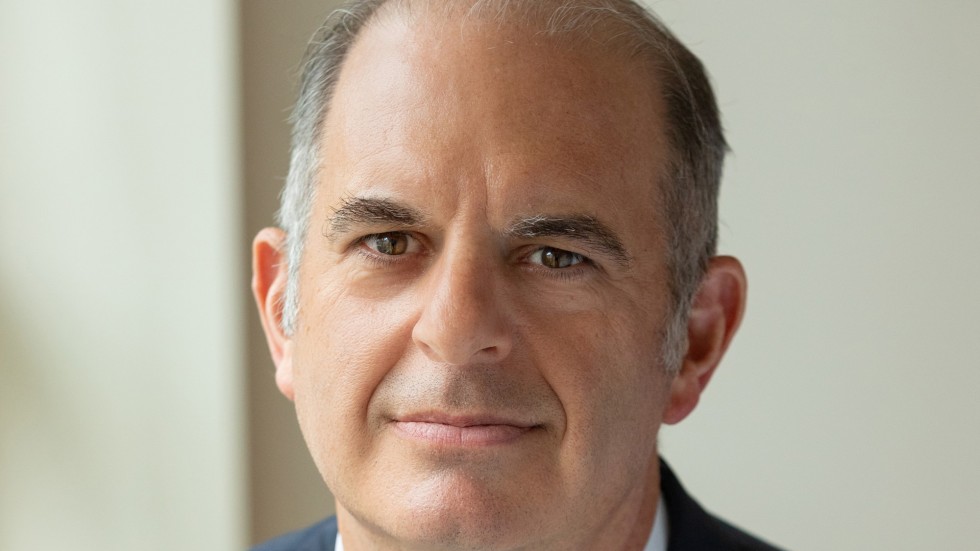The behavioral health field has made great strides in diagnosing autism spectrum disorder (ASD) and providing interventions and supports to help people living with autism thrive. But many girls and women with autism are still falling through the cracks.
Three to four times as many boys as girls are diagnosed with ASD, a long-standing pattern confirmed in a 2023 Autism Research article that argues for sex-balanced studies of autism. The skewed ratio almost certainly does not reflect the true incidence of autism, says Michael J. Murray, MD, medical director for autism and developmental disabilities at Sheppard Pratt. “The diagnostic criteria for autism are largely defined by the male presentation. But girls’ brains and biology are different, so it makes sense that autism would present differently,” Murray says. “We’re vastly underdiagnosing autism in women and girls."
“We’re vastly underdiagnosing autism in women and girls.”
“There are a number of useful assessments that test for ASD, many of which are considered the gold-standard; however, if the prevalence is inaccurate with regard to females then many of these assessments are normed more towards the male presentation of ASD,” says Tom Flis, MS, BCBA, LBA, LCPC, clinical director of the Center for Autism at Sheppard Pratt. Many girls and women with autism don’t receive a diagnosis until adolescence or early adulthood. That’s a missed opportunity for providing accommodations that can help them be more successful, and it can lead to a cascade of mental health difficulties.
At the Center for Autism at Sheppard Pratt, a multidisciplinary team of experts provides thorough diagnostic assessments for patients who may be on the spectrum, providing new hope for those who have been overlooked or misdiagnosed.
Gender differences in ASD
Autism can present in varied ways. Boys with autism tend to be interested in objects, Murray says. “They may be really focused on trains, or on building blocks—behaviors that are more easily seen by others as being unusual or overly intense,” he explains, adding that girls with autism more often are interested in people or animals. “They may be fixated on TV shows or watching people from afar to try out their behaviors. That interest in relationships isn’t usually seen as an autistic way of looking at the world.”
Because of that interest in people and relationships, girls tend to develop strategies at a young age that enable them to mask autistic behaviors. They often make eye contact and have good early language skills. But below the surface, there are signs of ASD. Girls might make too much eye contact or hold a stranger’s gaze too intently. They might be good at introducing themselves to peers but struggle to understand the nuances of inside jokes or tones of voice—especially as they get older and social interactions become more complex.
Those more subtle behaviors aren’t always obvious in a psychiatrist’s office. As a result, many girls with autism are misdiagnosed with other things, including anxiety, depression, or obsessive-compulsive disorder (OCD).
Such misdiagnoses can interfere with a person’s healthy functioning. “It leads to treatments that are not effective and a delay in the therapies and supports that are,” Murray adds.
Diagnosing ASD in girls and women
When considering whether a patient may have undiagnosed ASD, Murray suggests looking for these red flags:
- Diagnoses that shift frequently
- A history of failing medications
- Difficulty grasping key therapeutic concepts
- Difficulty sustaining peer relationships
- Heightened sensitivity to sensory inputs
Many young women with autism have co-occurring conditions like anxiety, depression, or OCD, but those conditions can look different in someone on the spectrum and may respond differently to medications, he adds. Interventions like cognitive behavioral therapy can also be useful, but only if modified to the needs of the individual with autism. And tragically, women on the spectrum are two to three times more likely than the general population to experience sexual violence, so they may also have a history of trauma that requires treatment. Treating any of those co-occurring disorders is more effective when the provider has a full picture of the person, Murray says.
Sheppard Pratt welcomes referrals for comprehensive evaluations with a team including psychiatrists, occupational therapists, psychologists, speech therapists, social workers, and other experts. “We have all of those experts in-house to consult with one another,” Murray says. “A good evaluation leads to a good understanding of a patient’s needs—and identifies a person’s strengths and talents.” That interdisciplinary approach allows Sheppard Pratt’s experts to consider each patient holistically and provide the best combination of services and supports that will allow them to thrive.
The Center for Autism provides diagnostic and subsequent case management services. “We want to serve as a resource within our community and across the country,” Murray says. “There are many women and girls who are suffering and don’t need to be.”
If you have a patient who would benefit from an autism diagnostic assessment, contact our Center for Autism.
Magnified Differences
Women with autism are 2–3 times more likely than the general population to experience sexual violence.
3–4 times as many boys as girls are diagnosed with autism spectrum disorder.
Many young women with autism have co-occurring conditions like anxiety, depression, or OCD.
Featured Experts
-

Michael J. Murray, MD
Medical Director, Autism and Developmental DisabilitiesSpecialties:Autism Spectrum Disorder, Developmental Disabilities, Child and Adolescent Psychiatry -

Tom Flis, MS, BCBA, LBA, LCPC
Clinical Director, The Center for Autism; Behavioral Services ManagerSpecialties:Applied Behavior Analysis, Autism Spectrum Disorder, Intellectual Disabilities, Neurodevelopmental Disorders, Psychotherapy
The Center for Autism
At Sheppard Pratt's Center for Autism, we offer diagnostic services with subsequent case management services. Our interdisciplinary team can get you connected to the care and services you and your loved ones need.


